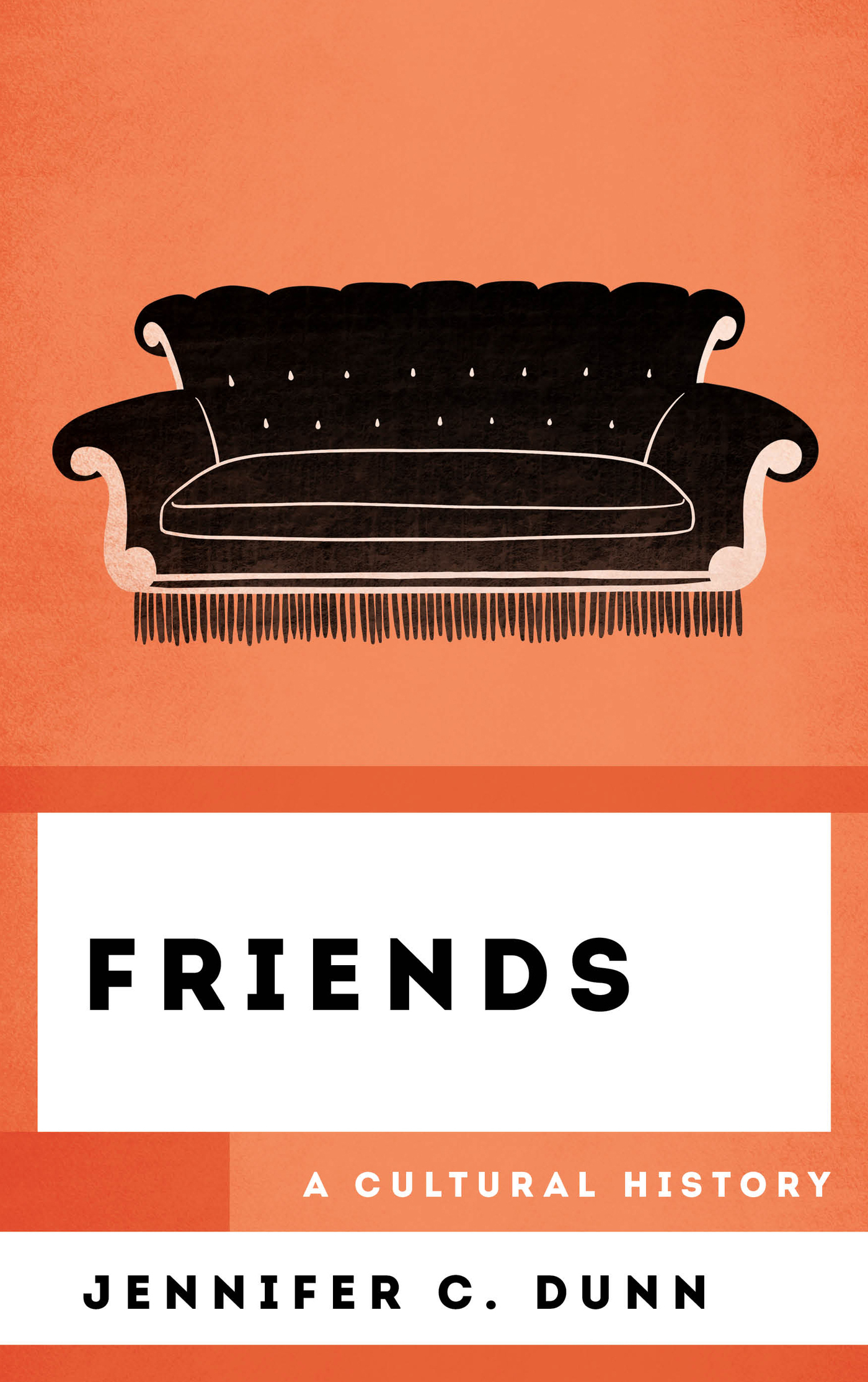Friends
The Cultural History of Television
Mad Men: A Cultural History, by M. Keith Booker and Bob Batchelor
Frasier: A Cultural History, by Joseph J. Darowski and Kate Darowski
Breaking Bad: A Cultural History, by Lara Stache
Star Trek: A Cultural History, by M. Keith Booker
The Simpsons: A Cultural History, by Moritz Fink
Cheers: A Cultural History, by Joseph J. Darowski and Kate Darowski
Gilmore Girls: A Cultural History, by Lara Stache and Rachel Davidson
Friends: A Cultural History, by Jennifer C. Dunn
Friends
A Cultural History
Jennifer C. Dunn
ROWMAN & LITTLEFIELD
Lanham Boulder New York London
Published by Rowman & Littlefield
An imprint of The Rowman & Littlefield Publishing Group, Inc.
4501 Forbes Boulevard, Suite 200, Lanham, Maryland 20706
www.rowman.com
6 Tinworth Street, London SE11 5AL
Copyright 2020 by The Rowman & Littlefield Publishing Group, Inc.
All rights reserved. No part of this book may be reproduced in any form or by any electronic or mechanical means, including information storage and retrieval systems, without written permission from the publisher, except by a reviewer who may quote passages in a review.
British Library Cataloguing in Publication Information Available
Library of Congress Cataloging-in-Publication Data
Names: Dunn, Jennifer C., author.
Title: Friends : a cultural history / Jennifer Dunn.
Description: Lanham : Rowman & Littlefield, 2019. | Series: The cultural history of television | Includes bibliographical references and index.
Identifiers: LCCN 2019017657 (print) | LCCN 2019018434 (ebook) | ISBN 9781538112748 (Electronic) | ISBN 9781538112731 (cloth : alk. paper)
Subjects: LCSH: Friends (Television program)
Classification: LCC PN1992.77.F76 (ebook) | LCC PN1992.77.F76 D86 2019 (print) | DDC 791.45/72dc23
LC record available at https://lccn.loc.gov/2019017657
 TM The paper used in this publication meets the minimum requirements of American National Standard for Information Sciences Permanence of Paper for Printed Library Materials, ANSI/NISO Z39.48-1992.
TM The paper used in this publication meets the minimum requirements of American National Standard for Information Sciences Permanence of Paper for Printed Library Materials, ANSI/NISO Z39.48-1992.
Acknowledgments
When you write a book about Friends, you must acknowledge your friends. First and foremost, the friends and family who share my passion for Friends: my husband, Anthony Cervone; my Dudette, LeeAnne Mathews; and my brother, Jeff Dunn. Thank you for being the Joey, Phoebe/Rachel, and Chandler to my Monica/Ross and watching and rewatching every episode with me. You are the reasons that I can still find people to play Friends trivia games with me. Additionally, I must thank my mother-in-law, Carol Cervone, and my friends Molly and Anne Marie Loutos for being my Way, No Way Friends trivia team. We will get first place next time.
Some people have one or two good friends and others have many. I have been lucky enough to have groups of friends whom I met at particular points in my life, who have had significant impacts on me, and who have stayed with me in one way or another through my life. From the DudettesKaetea, Kahele, LeeAnne, Lori, Rachel, Sabrina, and Suzannewho shaped my high school years to my Comm-radesDanielle, Jimmie, Kathy, Michelle, Stephanie, and Tonywho influence my work, career, and personal life today, and from my college debate teammates and opponents to my international travel cohorts in Japan, Guatemala, and Germany, you have all helped me to discover who I am, who I want to be, and what I should strive for. Thank you for being my friends and making my life better.
I also want to thank the friends and colleagues who helped bring this book to print. First, to Bob Batchelor and Kathleen Turner for introducing me to Stephen Ryan and showing me that one of the best ways to get a book published is to sit down and talk it through with an acquisitions editor. Those conversations are the ones where you learn that no one has yet written a cultural history of your favorite television series. I also want to thank Kathleen for reading early versions of chapters to give me feedback. Finally, to Stephen Ryan and Deni Remsberg, for their feedback, patience, and support through the publication process.
Finally, while this book includes the best of Friends, it also critiques the less-than-perfect qualities of the series. Even so, I want to thank everyone who worked on the show, from the producers and stars to the assistant directors and production assistants. You all created a series that has become a constant friend to me. Your work comforts me when I am down, brings my friends and family together, and is, as clich as it may sound, always there for me.
Introduction
Friends and Must-See TV
On May 6, 2004, 52.5 million viewersthe fourth-largest audience for a television series finaletuned in to say good-bye to a series with which they had had an enduring relationship for ten years and, probably, to see if Ross and Rachel finally got together. Friends starting position in the NBC Thursday Must See TV lineup from 1995 to 2004 alone cemented its place in television history. Its focus on the relationships between six twenty-somethings living on their own in New York City changed the sitcom genre itself.
Before Friends came along, most sitcoms focused on the home or work situation and the hijinks of the family or workmates for the comedy. The very first sitcom, Mary Kay and Johnny (19471950), cast the mold for family sitcoms from The Adventures of Ozzie and Harriet (19521966) and Leave It to Beaver (19571963) to Modern Family (2009present) and black-ish (2014present). Workplace sitcoms provided opportunities for both mens and womens work outside the home to be the butt of the jokes in early series like The Gale Storm Show (19561960), well-known fare like The Mary Tyler Moore Show (19701977), and more recent mockumentary-style shows in settings like The Office (20052013) and the White House in Veep (2012present).
Originally titled Six of One,Friends, for the most part, takes the parents, children, and workmates out of the picture and focuses on six twenty-something friends who say they will be there for each other no matter what. The story begins in the coffee shop, Central Perk, where four friends sit drinking coffee and chatting about nothing special. Lovelorn Monica tells the others about a date she has planned that night. Sarcastic Chandler reveals his mommy issues when he tells the others about a recent dream. Phoebe shows that she is the quirky, holistic one with comments about an ex who eats chalk and her attempts to cleanse Rosss aura. When morose Ross enters, we learn that his marriage just ended because his wife realized she is a lesbian. Womanizer Joey suggests the solution to Rosss problem: strip club. A short time later, the sixth friend and final member of the ensemble, Rachel, enters in her wedding dress. She exposes her spoiled, privileged background when she explains that she left her husband-to-be at the altar because she was more excited by the gifts she was getting for the wedding than getting married to him. Unlike that other series supposedly about nothing (Seinfeld, 19891998), Friends is about these people, their relationships, and their support for one another. It is as simple as that. In just one episode, the stage is set to explore how they serve as each others support system and changed television sitcoms forever.


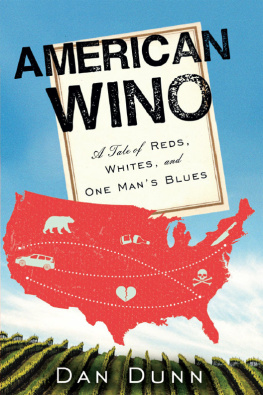
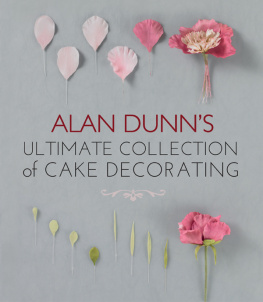
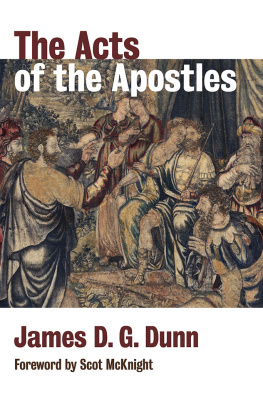
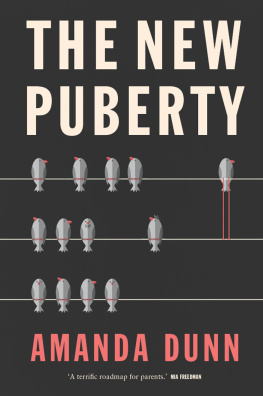
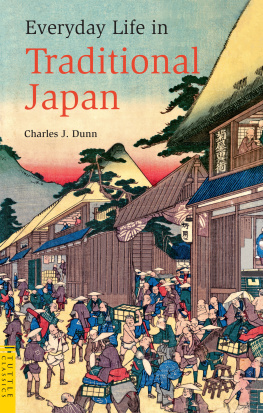
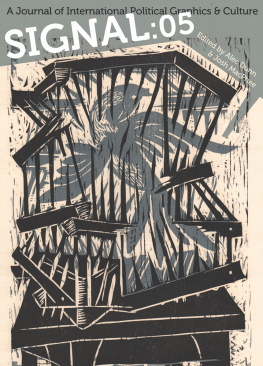
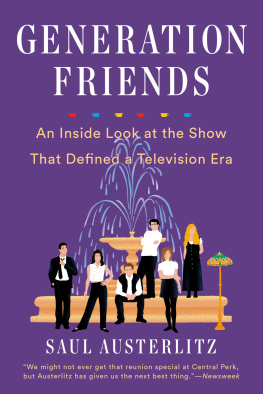
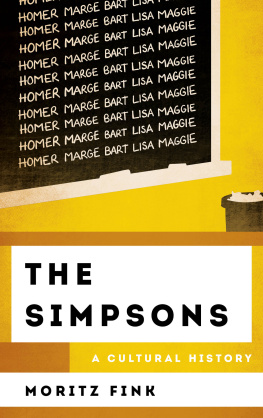
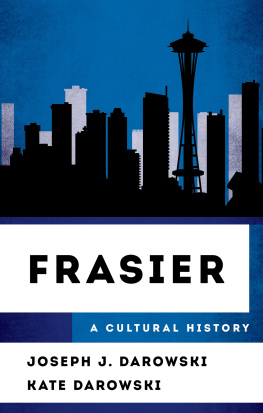

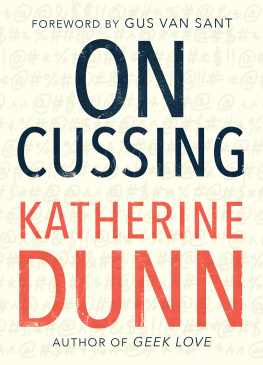
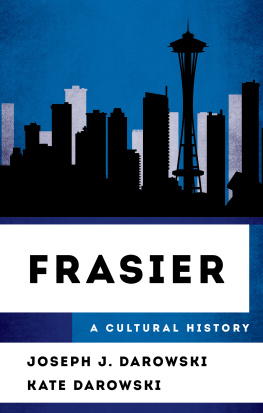
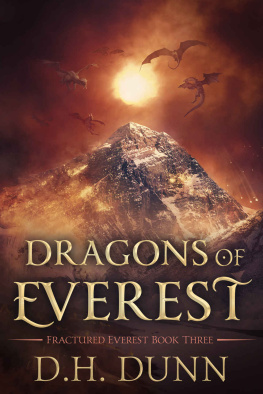
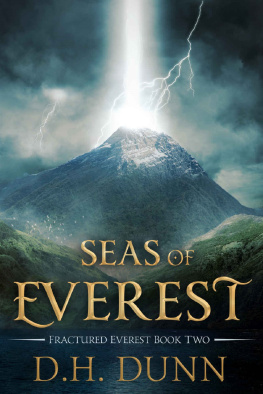
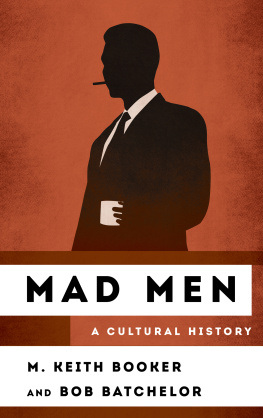
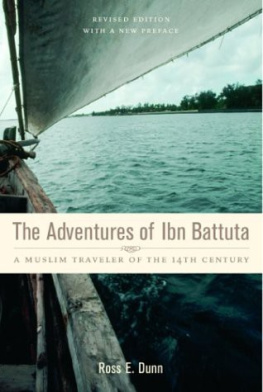
 TM The paper used in this publication meets the minimum requirements of American National Standard for Information Sciences Permanence of Paper for Printed Library Materials, ANSI/NISO Z39.48-1992.
TM The paper used in this publication meets the minimum requirements of American National Standard for Information Sciences Permanence of Paper for Printed Library Materials, ANSI/NISO Z39.48-1992.